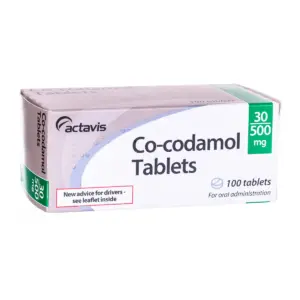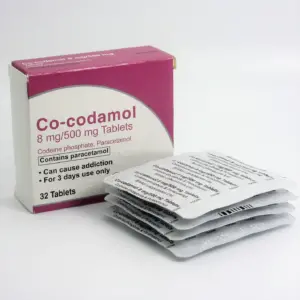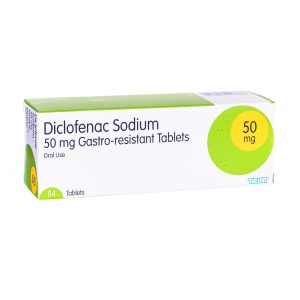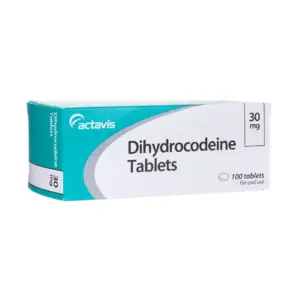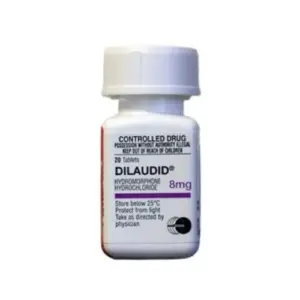Pain Relief Medications
Pain Relief Medications are used to reduce or relieve headaches, sore muscles, arthritis, or other aches and pains. There are many different pain medicines, and each one has advantages and risks. Some types of pain respond better to certain medicines than others. Each person may also have a slightly different response to a pain reliever. Pain medicines, whether they’re over-the-counter or prescription strength, can help you manage chronic pain and other kinds of pain. They’re powerful drugs, so it’s important to use them with care. It’s best to start with the safest drugs at the lowest effective dose for the shortest amount of time and work up from there as needed.
The most powerful pain relievers are opioids. They are very effective, but they can sometimes have serious side effects. There is also a risk of addiction. Because of the risks, you must use them only under a doctor’s supervision. Be aware of possible side effects and interactions with other drugs and supplements you take. And always follow the directions on the label or your doctor’s prescription. Pain Relief Medications work by changing the brain’s perception of pain. An opioid can be any drug, natural or manmade. Many are similar to morphine, but newer, unrelated opioids have been created in the laboratory, too.
Some pain medicines are available over the counter, which means you don’t need a prescription at all. Others are available by prescription only: often these include higher doses of OTC medications, combination analgesics and all opioids. Muscle relaxers work by depressing the central nervous system, helping relieve muscle tension and spasms and often causing drowsiness. They can be effective for short-term use for acute flare-ups of back pain and nerve pain. They can also help treat nighttime muscle pain from fibromyalgia. Your healthcare team can also help you determine the right dose to take, how often and for how long.
Showing 1–12 of 17 results




